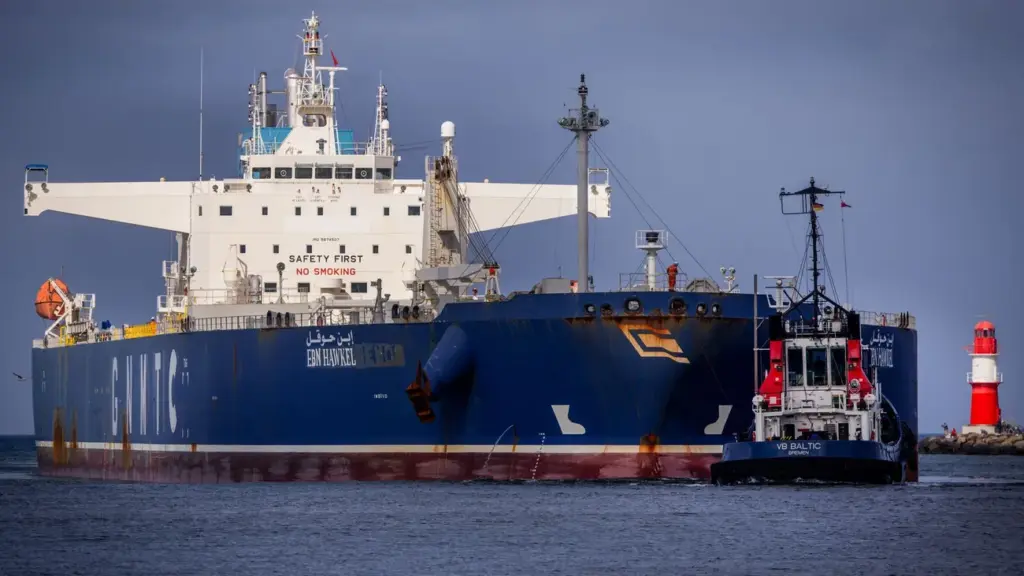
In the Mecklenburg-West Pomerania In difficult economic conditions, seaports were less busy last year than in 2023. According to the State Statistics Office, the flow of goods fell by 1.7 percent to almost 30 million tons in 2024. The number of passengers at the port fell by 4.3 percent to around 3.2 million.
German ports are suffering from years of economic weakness – both at home and with important trading partners such as China. However, maritime trade for energy sources such as natural gas or coal is on the rise.
Rostock is by far the largest port on the MV
Rostock is by far the largest port in Mecklenburg-West Pomerania. According to information, almost 23.4 million tons of goods were handled there in 2024 – down three percent compared to the previous year. Nearly 2.8 million passengers use the port of Rostock. People who start or end a trip are recorded.
In terms of passenger traffic, Sassnitz is in second place, with around 270,000 passengers. Wismar Port is ranked second in terms of goods throughput in 2024 with a total of 2.3 million tons. Sassnitz is in third place with almost 1.5 million tons – an increase of 26.2 percent compared to 2023.
German ports handle more goods by 2024
According to the Federal Statistical Office, German ports as a whole handled more goods in 2024 than in 2023 despite difficult economic conditions. According to information, the total is 274 million tons or an increase of 2.3 percent. Despite a decline of 2.6 percent to 97 million tons, Hamburg was by far the German port with the highest production.
© dpa-infocom, dpa:251126-930-343274/1





